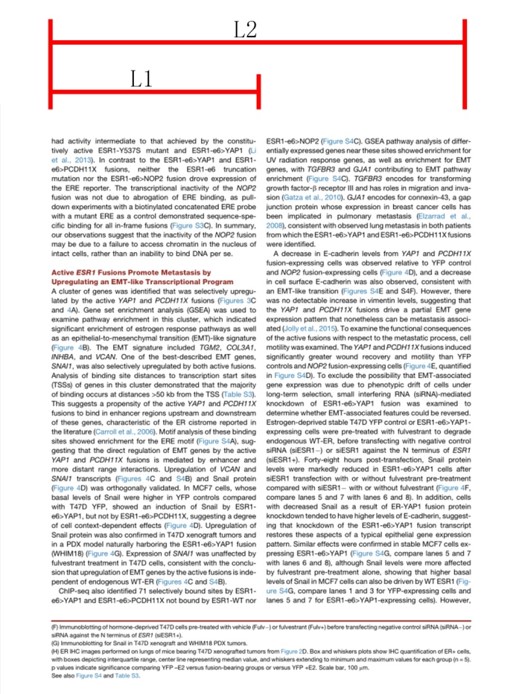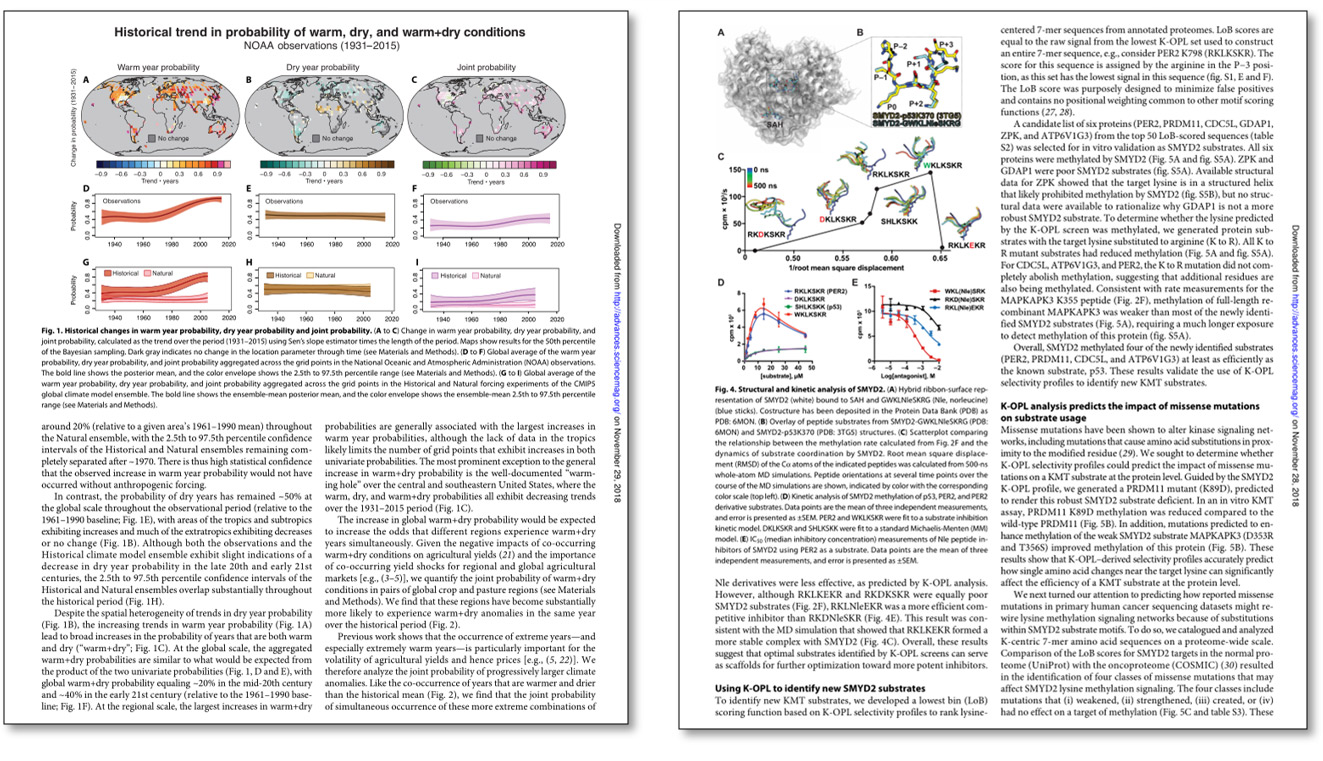학술 논문에 그림을 그릴 때 가장 먼저 결정해야 할 것은 이미지의 레이아웃(크기)입니다. 잘못된 레이아웃에 따라 디자인하고 그림을 그리면 최종 투고 단계에서 불필요한 문제가 발생할 수 있습니다. 이미지 레이아웃 요건에 대한 지침은 일반적으로 출판사의 저자 가이드에 명확하게 명시되어 있습니다. 그렇지 않은 경우, 저자는 출판사에 직접 문의하는 것이 좋습니다. 이를 통해 요건을 명확히 하고 전문성, 세부 사항에 대한 주의, 그리고 저널에 대한 존중을 보여줄 수 있습니다.
여기서는 과학적 수치에 사용되는 일반적인 레이아웃에 대해 간략히 살펴보겠습니다.
Science나 일부 물리학 출판물과 같은 몇몇 전문 저널을 제외하고 대부분의 학술지는 2단 레이아웃을 사용합니다. 이 맥락에서 우리는 두 가지 핵심 차원, 즉 L1(단일 단 너비)과 L2(2단 너비)에 초점을 맞춥니다.

인물을 디자인하고 그리기 시작할 때 가장 먼저 고려하고 결정해야 할 것은 이미지의 너비입니다. 즉, 단일 열 레이아웃을 채택할 것인지, 이중 열 레이아웃을 채택할 것인지입니다.높이는 대체로 자유롭게 조절 가능합니다.아래는 2열 레이아웃과 1열 레이아웃의 예입니다.

영업 시간
11월 21일 월요일 - 11월 23일 수요일: 오전 9시 - 오후 8시
11/24 목요일: 휴무 - 즐거운 추수감사절 보내세요!
11월 25일 금요일: 오전 8시 - 오후 10시
11월 26일 토요일 - 11월 27일 일요일: 오전 10시 - 오후 9시
(모든 시간은 동부 표준시 기준)